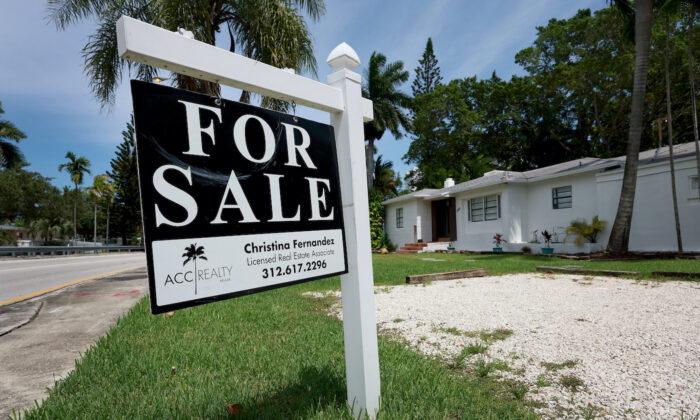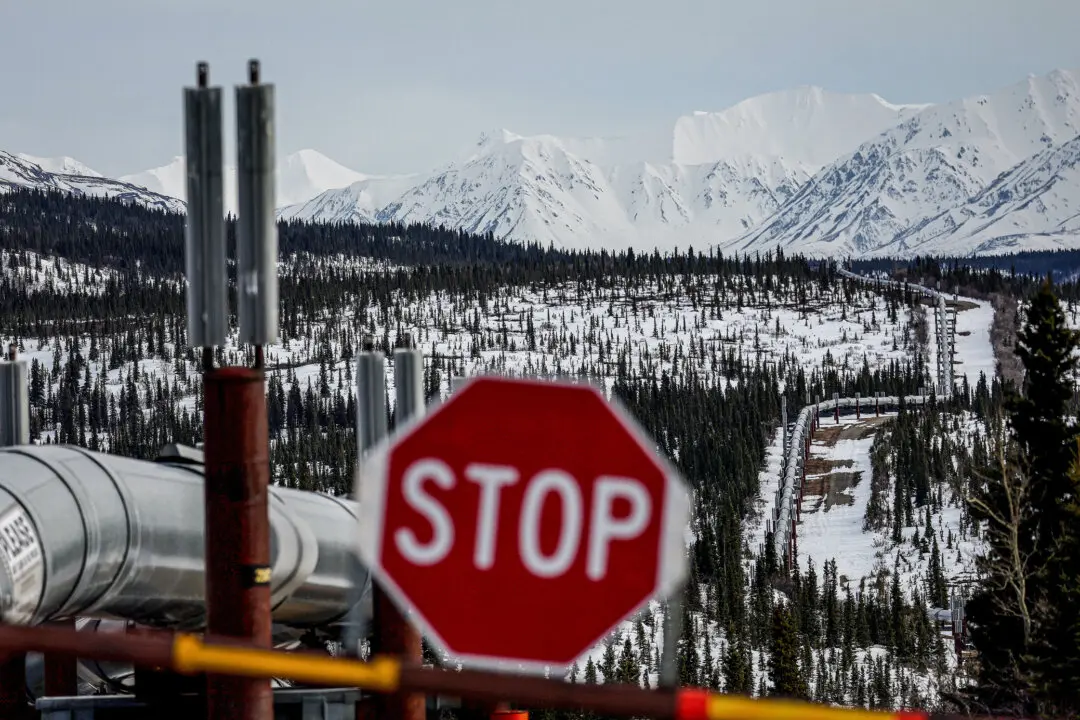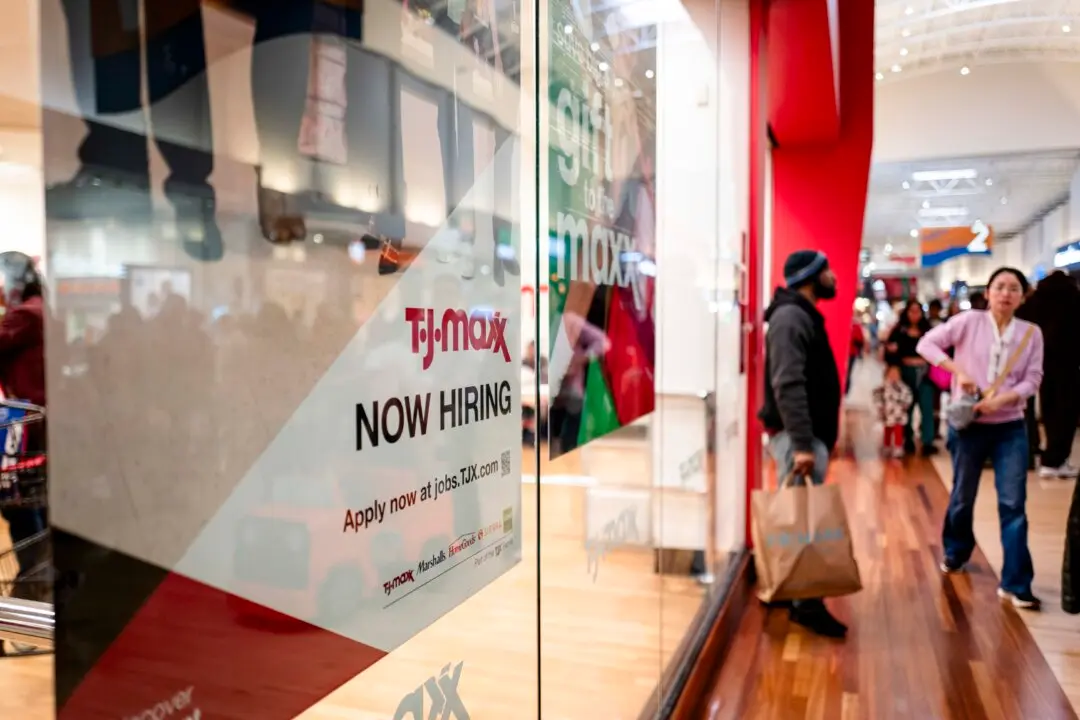Housing affordability in the United States declined in May, falling to its lowest level in 16 years, according to the National Association of Realtors (NAR).
The latest measurement is also close to the July 1990 index value of 100.2. NAR’s affordability index takes into account multiple factors, such as average mortgage rates, median existing-home prices, and median family incomes.
The income needed to qualify for a mortgage rose to $88,416 from $58,560 during the preceding 12 months, an increase of more than 50 percent. However, the median family income has only risen to $90,642 from $86,757 during this time, an increase of just 4.5 percent.
The median price of an existing single-family home soared to $414,200 from $361,300. The monthly principal and interest payment increased to $1,842 from $1,220, while monthly payments as a percentage of income rose to 24.4 percent from 16.9 percent.
Mortgage interest rates in the 12 months between May 2021 and May 2022 jumped to 5.31 percent from 3.01 percent, a key factor that has been pushing away prospective homebuyers.
Slowing Interest Rates, Cooling Market
Mortgage interest rates have shown signs of cooling down. In the past two weeks, “the 30-year fixed-rate mortgage dropped by half a percent,” Freddie Mac said in a July 7 statement. This drop was driven by increasing concerns of a potential recession, according to the agency.“While the drop provides minor relief to buyers, the housing market will continue to normalize if home price growth materially slows due to the combination of low housing affordability and an expected economic slowdown,” Freddie Mac stated.
Historical trends indicate the potential for a significant fall in home prices. July 2006 was the peak of the previous housing bubble, according to Charlie Bilello, founder of Compound Capital Advisors.
The National Association of Home Builders (NAHB)/Wells Fargo Housing Market Index (HMI) fell by two points to 67 in June, the sixth straight month of HMI decline.
NAHB Chair Jerry Konter called it an indication of a slowing housing market.





